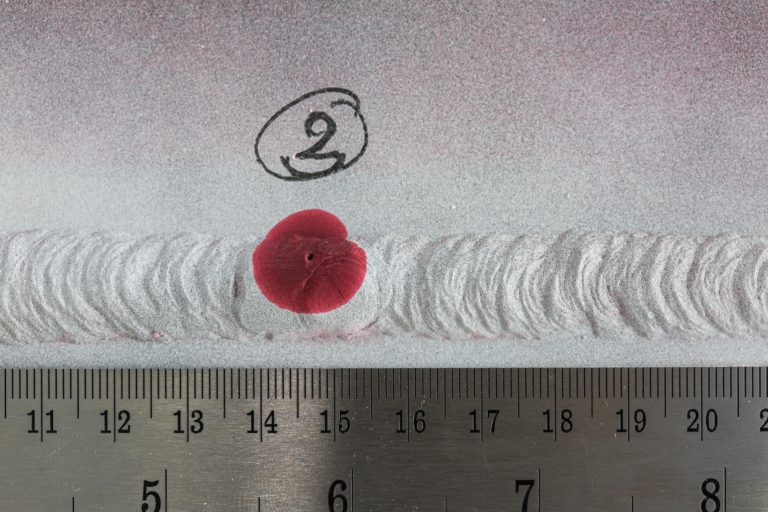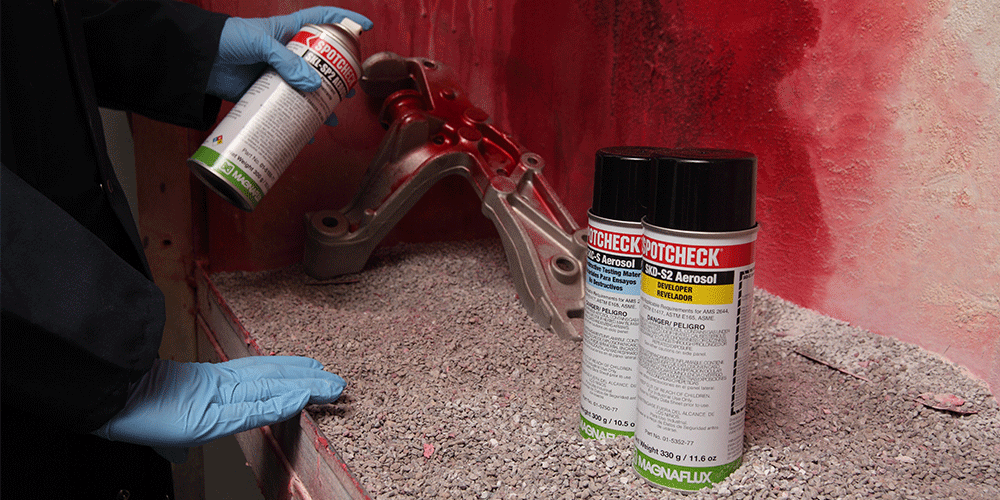Flexible Learning with Practical Application!
Our Liquid Penetrant Testing Hybrid Course offers a comprehensive learning experience by blending online convenience with hands-on training. Begin with our self-paced online course, which provides in-depth knowledge of liquid penetrant testing methods and standards. Once you’ve completed the online portion, you’ll participate in one day of hands-on training led by industry experts, where you’ll apply your skills in real-world testing scenarios.
Why Enroll in the Hybrid Course?
- Flexible, self-paced online learning to fit your schedule
- One day of hands-on training with experienced instructors
- Practical, real-world application using advanced equipment
- Ideal for professionals looking to achieve certification or expand their expertise
By combining online learning with essential hands-on practice, this hybrid course ensures you’ll gain both the theoretical knowledge and practical skills needed for success in liquid penetrant testing. Enroll today to enhance your career and technical proficiency!
Liquid Penetrant Testing Level I / II
Course Length: 12 hours
Cost: $700
What’s Included:
- Full access to the online course
- Liquid Penetrant Testing Classroom Training Book, 2nd edition
Instructor Support: ASNT Level III experts are available whenever you need assistance.
Flexible Learning: Study at your own pace with our convenient on-demand format.
Hands-on Experience: Includes one full day of in-person training at our Baxter, MN facility.
Certification: Successfully complete the course to earn a Certificate of Completion that meets or exceeds ASNT SNT-TC-1A, CP189, and ASNT CP-105 standards.
Liquid Penetrant Testing (PT)
Liquid penetrant testing (PT) is a sensitive nondestructive testing method for detecting and locating discontinuities which are open to the surface. The NDT method employs a penetrating liquid dye which is applied to the properly cleaned surface to be examined and which enters the discontinuity by capillary action. After a suitable period of time has passed, the excess penetrant is carefully removed from the surface and the part is dried. A developer is then applied which acts as a blotter, drawing the penetrant out of the discontinuity. The penetrant, drawn from an opening on the surface, indicates the presence and location of a discontinuity.


